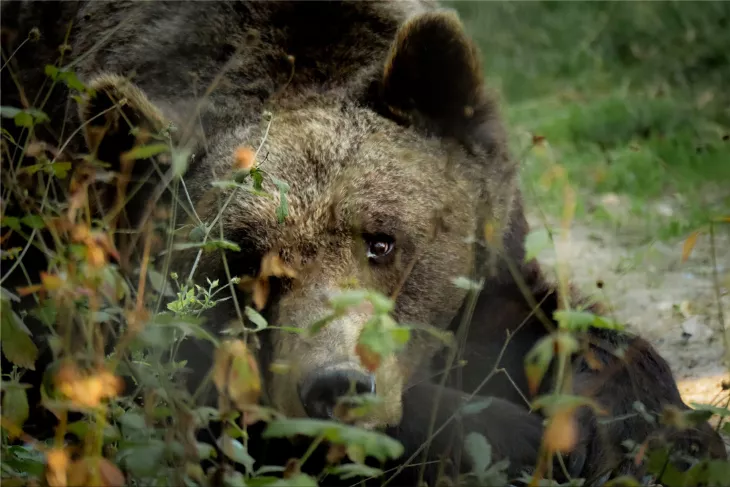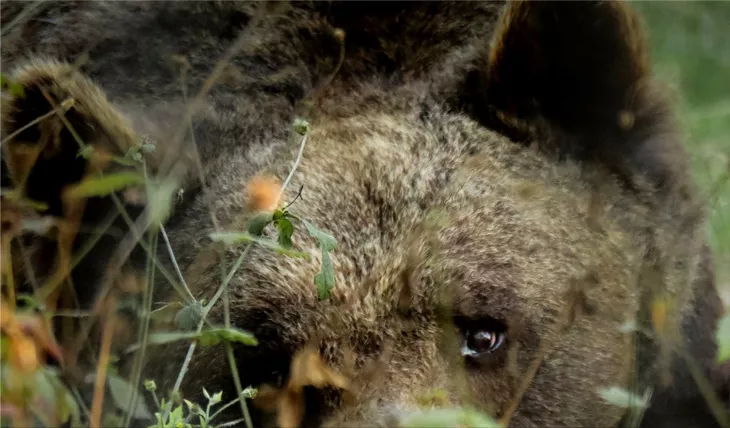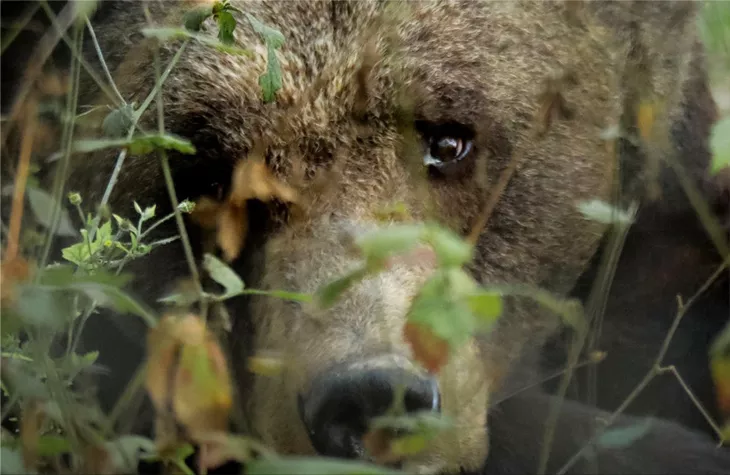No country in the European Union has as many brown bears as Romania. But for years, there has been a conflict in the country about dealing with large land mammals. However, as local partners of the World Animal Welfare Society (WTS) in Romania report, the mood there has recently developed significantly to the detriment of the bears: there is an increasingly bear-hostile climate in the media and politics, and last but not least, the country's environment minister, who comes from a region with a high density of bears and a widespread negative attitude towards bears, it is said that they are very close to the hunting associations. On the other hand, organizations in the country that work for animals and nature are increasingly excluded from political coordination processes.
The result is reflected in the new bear ordinance that the Romanian Ministry of the Environment passed in April, which is problematic in several areas.
Ordinance No. 723 sets the annual maximum number of bears that may be shot or captured to avoid harm to people, livestock, and crops. Compared to the previous regulation from 2019, this number has increased by more than 50 percent - from 140 bears to 220 bears per year.
- Of these, 140 bears can be released for shooting across the board. The regional hunting associations in the country are mainly free to decide which animals are shot.
- According to the new regulation, another 80 bears may be killed at the request of local authorities - again with the involvement of the hunting associations. According to the rule, however, these bears must pose an "imminent danger." However, the hurdles to prove this are low. Simple evidence such as cell phone photos, which must be submitted to the Ministry of the Environment, is sufficient.
In just under two months since the new regulation came into force, two bears in Romania were authorized to be killed due to "imminent danger." The hunting associations killed another 29 bears.
The ordinance also leaves open the possibility that in addition to the 220 authorized bear kills, other animals may be killed - "if there is no acceptable alternative," according to the announcement by the Ministry of the Environment. The ordinance thus leaves a back door open for further kills, which could significantly increase the number of kills allowed, which has already increased considerably.
From an animal welfare point of view, another aspect needs to be viewed very critically: the ordinance allows all bears that come into conflict with humans to be killed - regardless of whether they are mother animals, cubs, or pregnant females. Again, this is seen as a clear violation of minimum ethical standards when hunting animals.
Currently, the focus of the measures is still on animals in the vicinity of human settlements. In the heated mood fueled by the media, however, voices calling for the shooting of animals in their natural habitats are also becoming louder.
The current regulation is, therefore, a consequence of the developments in Romania and causes great concern for animal rights activists.
Even if the number of kills so far does not bode well, it is still to be hoped that the kill quotas will not be reached. However, one of the few positive aspects of the ordinance could be beneficial here: In comparison to previous regulations, the animals must now be shot within 15 instead of 60 days after approval; otherwise, the permission loses its validity. Therefore, the chances of actually shooting the bear within this time frame are reduced.
The Welttierschutzgesellschaft will keep a close eye on the effects of the new bear ordinance in conjunction with other local and international bear advocates and will also work towards giving bears a stronger voice in the political processes.





















